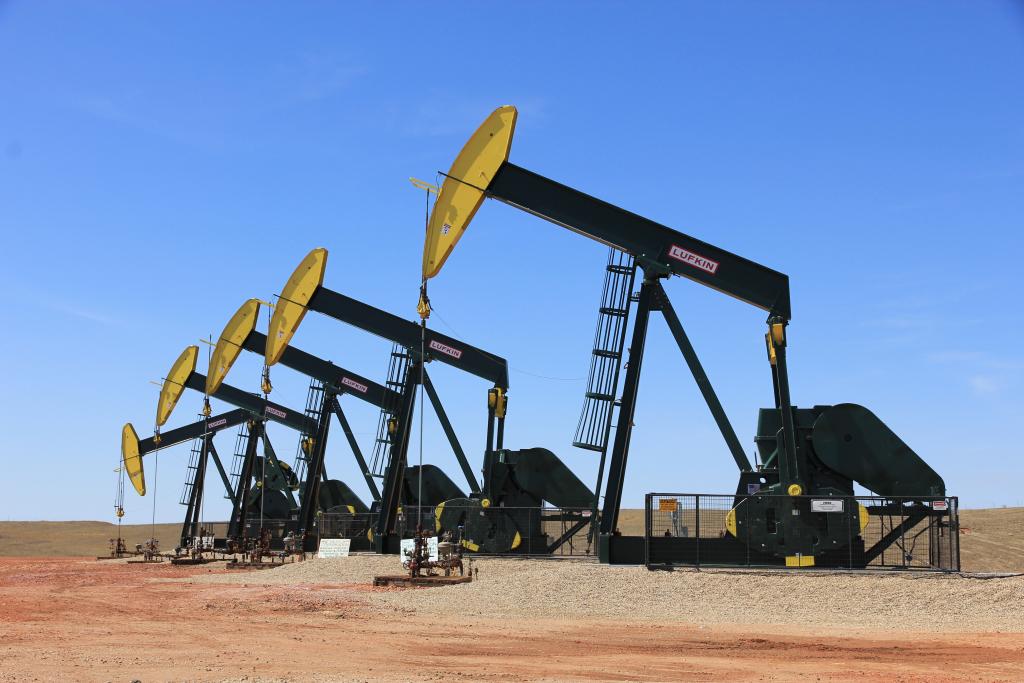
Once oil is extracted by the ground, oil and gas exploration and production firms need to accurately measure how much they have extracted. The process of oil and gas measurement involves quantifying the volume or mass of hydrocarbons produced. As mandated by law, oil and gas measurement typically starts at the well site.
Oil and gas exploration and production firms use 3 straightforward formats for reporting and measuring production:
Barrels
Normally abbreviated as bbl, oil production is measured and reported in terms of barrels per day, which is equal to U.S. 42 gallons. Oil and gas firms typically describe production in various ways, including bbl/d, bpd, and b/d.
In the oil patch, one common method is to use the “M” prefix to mean 1,000 and the “MM” prefix to show 1 million. Hence, Mbbl signifies 1,000 barrels, and MMbbl denotes 1 million barrels. For instance, an E&P firm that reported an output of 9 Mbbl per day has produced 9,000 barrels of oil per day.
Gas production
This is described, measured, and reported in terms of cubic feet (cu ft). According to the U.S. Energy Information and Administration, this is done at a standardized pressure and temperature of 60°F as well as about 14 pounds per sq. in. Comparable to the production figures of oil, gas production is typically reported in terms of million, billion, or trillion cubic feet. For instance, Mmcf indicates 1 million cu ft, Bcf signifies 1 billion cu ft, and Tcf means 1 trillion cu ft. To simplify the large volumes, worldwide gas production is typically reported in cubic meters.
Barrels of Oil Equivalent (BOE)
E&P companies normally standardize their output in units of barrels of oil equivalent. To calculate, companies use an energy-equivalent basis to convert gas to oil production. 1 BOE has the energy equivalent of about 6,000 cu ft of gas. Although less common, it is possible for oil and gas producers to refer to production by “mcfe,” or gas equivalency.
Oil and gas exploration and production companies report their reserves in the same bbl and mcf terms. The oil that they own that is still in the ground are used to value their firms, as well as make predictions for future earnings and revenue. In the U.S., oil and gas is carefully measured before they leave the well site. After ensuring accuracy in oil and gas measurement, they need to also pass certain verification measures like manual checking of tank levels or gas meters.
Contact dw energy
Sources:
“What are Ccf, Mcf, Btu, and therms? How do I convert natural gas prices in dollars per Ccf or Mcf to dollars per Btu or therm?” U.S. Energy Information Administration, https://www.eia.gov/tools/faqs/faq.php?id=45&t=8
“U.S. Oil and Natural Gas Wells by Production Rate,” U.S. Energy Information Administration,
“Upstream Oil and Gas Production Measurement and Testing,” EKT Interactive Oil & Gas Training, https://ektinteractive.com/production/upstream-oil-and-gas-production-measurement-testing/“Metering and Measurement of Oil and Gas and How It Works,” Integrated Flow Solutions, https://ifsolutions.com/metering-and-measurement-of-oil-and-gas-how-it-works/
